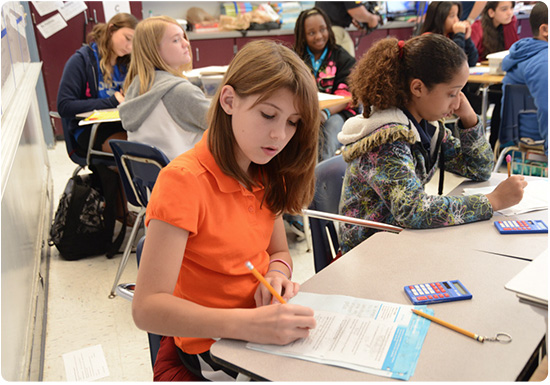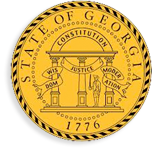Exemplar Reading Models
Exemplar Reading Models Help Students Master the Skill of Close Reading
Introduction
One of the biggest challenges that the CCSS pose is ensuring that students can regularly practice and master the skill of close reading. Although it has long been common practice in Language Arts classrooms to teach students to identify themes and to articulate main ideas, it is less common for teachers to focus on close reading instruction.
- In response to the CCSS requirement that students learn to read complex texts with depth and close attention to details of form and content, SpringBoard features a series of grade-level Exemplar Reading Models that facilitate skill development in close reading.
- These grade-level specific workshops help teachers guide students as they develop the skills for close reading using a broad range of high-quality texts with increasing complexity.
- These Models support and extend the rigorous instruction in the SpringBoard materials and serve as excellent models for differentiation.
Text Complexity and Quality
- The Standards use both qualitative and quantitative measures of text complexity to identify texts that exemplify both the quality and the complexity necessary for a rich close reading experience.
- These text exemplars, listed in Appendix B of the CCSS, served as the guide for texts selected for each SpringBoard Exemplar Reading Model. This ensures that students engage directly with appropriate grade-level texts that merit close reading.
Range of Texts
Different types of texts make different demands of the reader, and the Standards require that students engage with a wide range of both literary and informational texts.
- Each Exemplar Reading Model features three thematically-linked texts, two written and one visual.
- Each Exemplar Reading Model series focuses on a single text type and provides a vertically aligned set of model instructional activities with texts of increasing complexity beginning in Grade 6 and culminating with an Exemplar Model aligned to college-ready anchor standards.
Design
The Standards not only require students to engage with a range of quality texts of sufficient complexity, they require them to do so with increasing independence.
- SpringBoard Exemplar Reading Models help students build that independence with strategic guidance from the teacher.
- This is accomplished through a combination of guided reading instruction, close reading strategies, and the gradual release from initial teacher-guided instruction and modeling to a more independent student-centered approach.
- For example, the first text encountered in each Exemplar Reading Model contains "key ideas and details" presented as questions that focus on text based responses from students.
- As readers move to the second text, guided practice is provided so students generate their own text-based questions for consideration.
- Ultimately, student generated text-based questions and mastery of close reading strategies prepare students to respond to writing prompts that require using evidence-based claims to synthesize ideas.
Essential Questions
- Each Springboard Exemplar Reading Model begins with two essential questions that establish a conceptual framework through which students can consider both the written and visual texts within the workshop.
- These essential questions help provide a thematic unity that enriches both the student's understanding of the text as well as the small and large group discussions that are part of the workshop.
Rereading and Close Reading Strategies
Close reading requires that students read the same text multiple times utilizing a variety of reading strategies. To facilitate rereading, these Exemplar Reading Models feature texts that are substantial enough to merit close reading, yet are still of an appropriate length for students to read multiple times.
- Each time students read a text, they will also use a specific close reading strategy to gain an ever deeper understanding.
- The wide range of strategies students use includes both individual strategies as well as those that are collaborative in nature. In every case, the focus is squarely on the text, and the questions that students generate as well as respond to all come back to the text itself.
- Ultimately, each strategy is intended to help students unlock the many ways writers use language to create particular effects.

